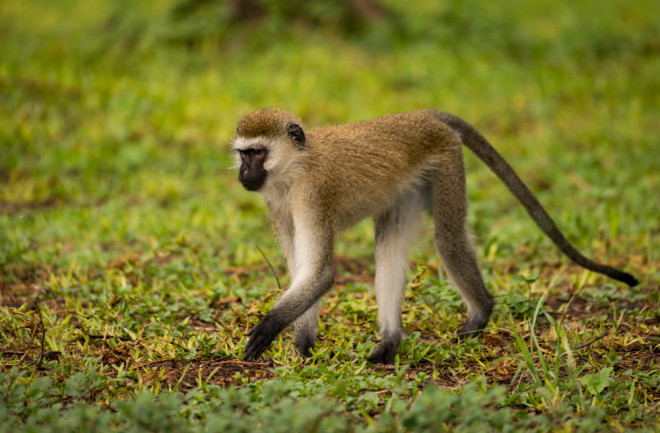The monkey tail is one of nature’s most marvelous tree-top tools. Balancing their bodies as they bolt through the branches, the tail is an advantageous adaptation for monkeys. But why wasn’t the tail beneficial for our ancient ancestors, the apes? Somewhere along the evolutionary timeline, apes lost their tails, and in turn helped humans become humans.
How this happened has intrigued a slew of scientists over the years, including Bo Xia, a geneticist at the Broad Institute, an independent institution tied to the Massachusetts Institute of Technology and Harvard University.
Searching for the origins of taillessness in apes — the group that today contains chimps, gorillas, humans, and more — Xia and colleagues compared the genes of tailless apes and tailed monkeys, identifying at least one of the genetic mutations that led to the tail’s loss, in a new study published in Nature.
“Our study begins to explain how evolution removed our tails,” Xia says in a statement, “a question that has intrigued me since I was young.”

